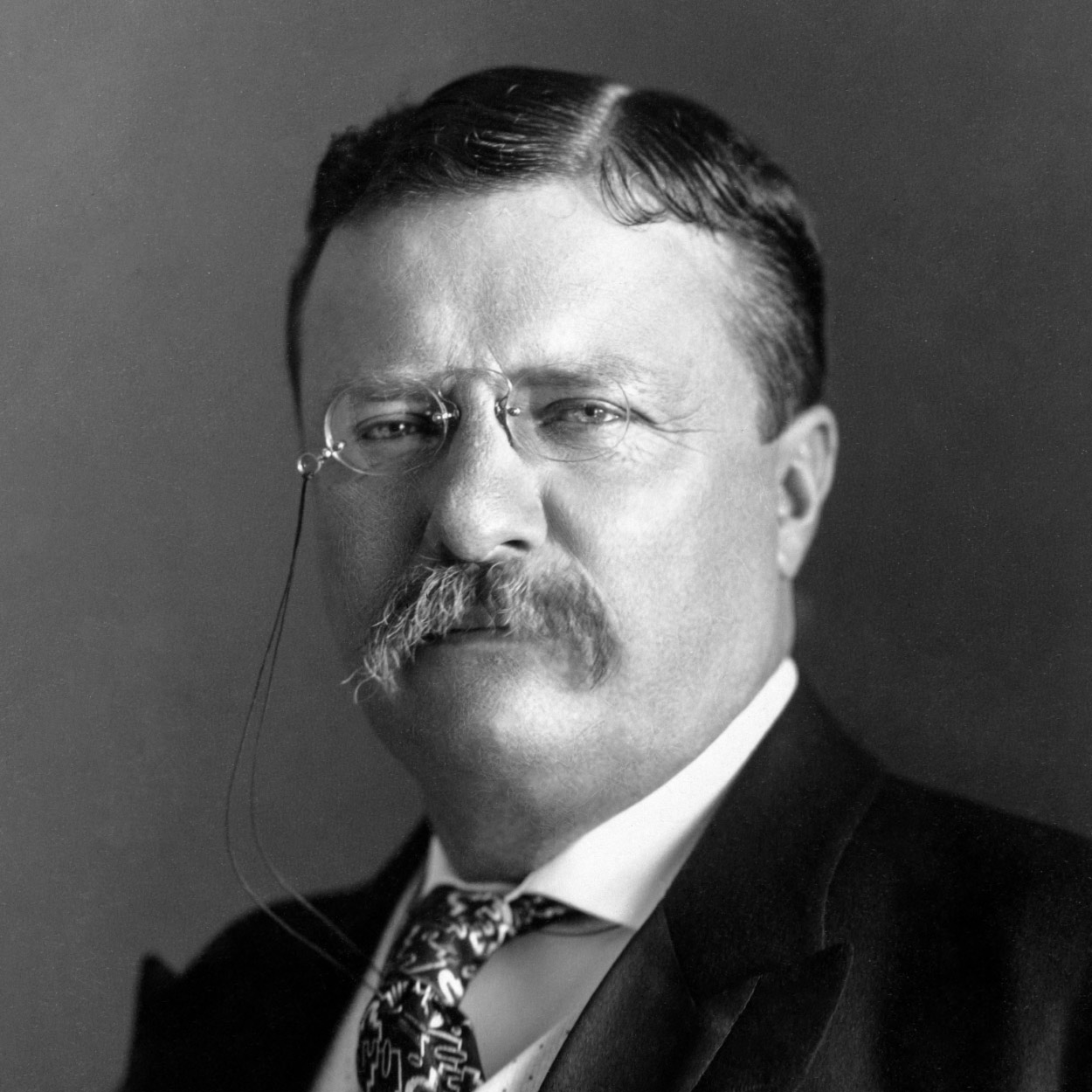Post by billhammond on May 10, 2024 17:12:44 GMT -5
Star Tribune excerpt
Absent clouds, stargazers across Minnesota and the northern half of the United States are likely to be in for a celestial show this weekend as the northern lights are expected to be "highly active."
The Space Weather Prediction Center has issued a G4 severe geomagnetic storm watch starting Friday night. It's the first time the arm of the National Weather Service has issued an advisory of that magnitude in nearly 20 years.
"This is an unusual event," the center said in its advisory, adding that the phenomenon causing atoms in the upper atmosphere to glow green and gray may be seen as far south as Alabama and Northern California.
The watch was issued after forecasters observed at least seven moderate to strong solar flares and coronal mass ejections (CME) this week. They said additional flares could cause conditions to persist through the weekend.
CMEs are explosions of plasma and magnetic fields from the sun's corona, and when directed toward Earth create a geomagnetic storm with the potential to set the aurora in action.
The Geophysical Institute at the University of Alaska Fairbanks uses a nine-point scale to forecast when and where auroral displays will be visible. The institute puts the odds at eight on Saturday morning, meaning the chances of catching a glimpse are very high.
Mason and Allie Flack of White Bear Lake look out at the northern lights over Fall Lake in the Boundary Waters Canoe Area just before midnight Nov. 30, 2023, near Ely, Minn. The couple drove to the area specifically hoping to get a view of the lights.
The National Oceanic and Atmospheric Administration (NOAA) said the likelihood of seeing a celestial show was highest across North Dakota and the northern half of Minnesota from Friday night into Saturday morning. The chances decreased slightly later Saturday into Sunday.
Geomagnetic storms can affect infrastructure in near-Earth orbit and on Earth's surface, potentially disrupting communications, the electric power grid, navigation systems such as GPS, and radio and satellite operations. But the storms also can can trigger "spectacular displays of the aurora on Earth," the NOAA said.
The last G4 geomagnetic storm happened in March 2023. The last extreme storm, a G5 and the worst on a scale of one to five, hit Earth on Halloween 2003. That storm knocked out power in Sweden and damaged power transformers in South Africa, the Space Prediction Center said.
"Critical infrastructure operators have been notified," the center said.
The source of the intense energy is a sunspot cluster 16 times the diameter of Earth, the NOAA said.
Absent clouds, stargazers across Minnesota and the northern half of the United States are likely to be in for a celestial show this weekend as the northern lights are expected to be "highly active."
The Space Weather Prediction Center has issued a G4 severe geomagnetic storm watch starting Friday night. It's the first time the arm of the National Weather Service has issued an advisory of that magnitude in nearly 20 years.
"This is an unusual event," the center said in its advisory, adding that the phenomenon causing atoms in the upper atmosphere to glow green and gray may be seen as far south as Alabama and Northern California.
The watch was issued after forecasters observed at least seven moderate to strong solar flares and coronal mass ejections (CME) this week. They said additional flares could cause conditions to persist through the weekend.
CMEs are explosions of plasma and magnetic fields from the sun's corona, and when directed toward Earth create a geomagnetic storm with the potential to set the aurora in action.
The Geophysical Institute at the University of Alaska Fairbanks uses a nine-point scale to forecast when and where auroral displays will be visible. The institute puts the odds at eight on Saturday morning, meaning the chances of catching a glimpse are very high.
Mason and Allie Flack of White Bear Lake look out at the northern lights over Fall Lake in the Boundary Waters Canoe Area just before midnight Nov. 30, 2023, near Ely, Minn. The couple drove to the area specifically hoping to get a view of the lights.
The National Oceanic and Atmospheric Administration (NOAA) said the likelihood of seeing a celestial show was highest across North Dakota and the northern half of Minnesota from Friday night into Saturday morning. The chances decreased slightly later Saturday into Sunday.
Geomagnetic storms can affect infrastructure in near-Earth orbit and on Earth's surface, potentially disrupting communications, the electric power grid, navigation systems such as GPS, and radio and satellite operations. But the storms also can can trigger "spectacular displays of the aurora on Earth," the NOAA said.
The last G4 geomagnetic storm happened in March 2023. The last extreme storm, a G5 and the worst on a scale of one to five, hit Earth on Halloween 2003. That storm knocked out power in Sweden and damaged power transformers in South Africa, the Space Prediction Center said.
"Critical infrastructure operators have been notified," the center said.
The source of the intense energy is a sunspot cluster 16 times the diameter of Earth, the NOAA said.









